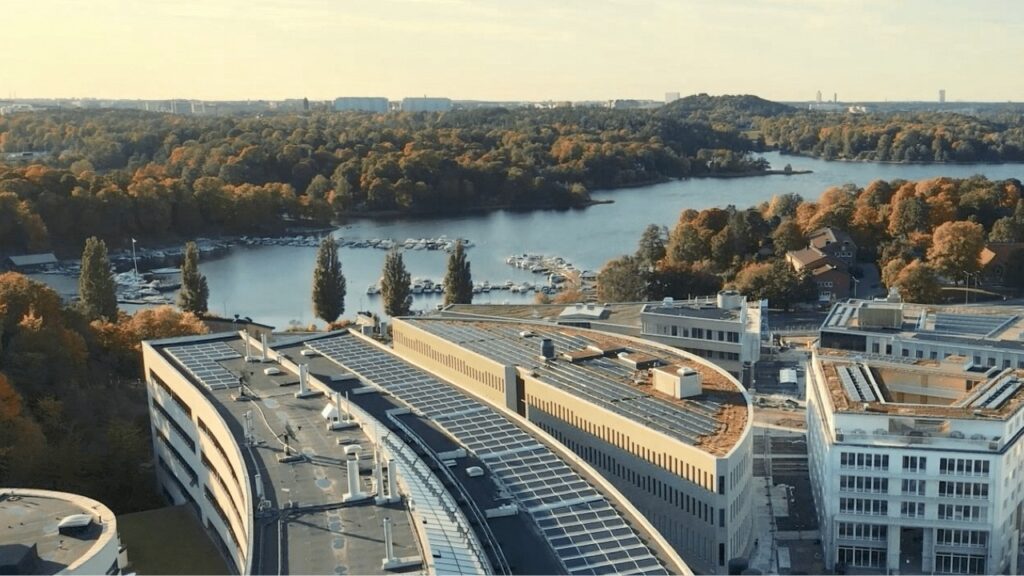Optimizing energy and microgrid management in small-scale zero-carbon parks, including solar power generation, electric vehicle (EV) charging, building management, and battery storage.
As an example, a small zero-carbon park includes 300kW solar power generation, 414kWh battery storage, and two sets of 60kW DC charging stations. The park’s normal load is 250kW, and the total load during power outages is 50kW. The monthly electricity consumption is 150,000 kWh, and the annual electricity consumption is 1,800,000 kWh.
We estimate the daily electricity consumption based on a 24-hour power usage environment, and calculate that 416.67 kWh of energy storage is needed, with 2 hours of energy storage during peak electricity pricing (charging during off-peak hours).
The design includes a 250kW light storage integrated machine with an isolation transformer, three sets of 138kWh energy storage battery cabinets with LIFEPO4 batteries, a 20-foot container with a fire protection system and two 5kW industrial air conditioners, two 60kW DC charging stations, a distribution communication cabinet, and an ATS switching cabinet. The design also includes a MICROGRID comprehensive management platform that includes EMS, BMS, and operation management.
The microgrid controller manages the park’s power grid to ensure optimal load balancing between energy demand and local distributed energy availability. Although microgrids are large-scale systems, they are not simple, especially when distributed energy sources such as solar panels and batteries are integrated. The intermittent nature of solar power (or wind power in other cases) means that energy is constantly changing, and power may need to be obtained from battery packs or the public power grid when the sun is behind clouds. This means that the voltage level of the entire power grid is in a constant state of flux. Load balancing and optimization between all these different sources and loads require direct control of the load.
Our professional design team, including hardware and software development engineers who understand the Internet of Things and the new energy industry, welcomes you to explore how to design digital energy microgrids.

